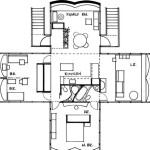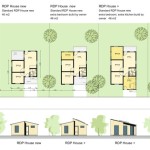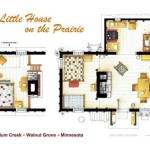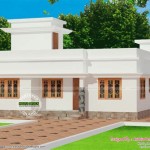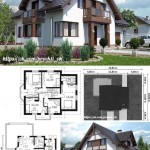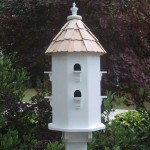Essential Aspects of Conex Box Floor Plans
Conex boxes, also known as intermodal containers, are versatile structures that offer numerous possibilities for various applications. Whether for storage, housing, or commercial use, a well-designed floor plan is crucial for optimizing functionality and maximizing space utilization.
1. Understanding Conex Box Dimensions
Conex boxes come in standard sizes, with the most common being 20 feet and 40 feet long. The width is usually 8 feet, while the height varies based on the type of container. Understanding these dimensions is essential for creating efficient floor plans that maximize space.
2. Planning for Entry and Exit Points
Determining the number and location of entry and exit points is crucial. Consider the intended use of the space and the flow of traffic. Common options include doors, roll-up doors, and windows. Properly placed openings facilitate efficient access and ventilation.
3. Dividing the Space
If multiple rooms or areas are required, dividing the space effectively is essential. Use partitions, walls, or curtains to create distinct sections. Consider the intended use of each area and ensure there is sufficient space for furniture, equipment, and storage.
4. Optimizing Storage Space
Conex boxes provide ample storage capacity. Utilize vertical space with shelves, racks, and mezzanine levels. Utilize corners by placing triangular shelves or storage units. Consider the weight distribution and accessibility of items when planning storage solutions.
5. Electrical and Plumbing Considerations
Electrical outlets, lighting, and plumbing fixtures are crucial for functionality. Determine the electrical needs based on intended use and equipment requirements. Plan the location of outlets, switches, and wiring to avoid clutter and ensure safety. If plumbing is required, consider the location of sinks, toilets, and drainage systems.
6. Ventilation and Insulation
Proper ventilation is essential for air quality and comfort. Include windows, vents, or fans to circulate air and prevent condensation. Insulation helps regulate temperature, reducing energy consumption and improving comfort. Consider using insulation materials suitable for the climate and intended use.
7. Exterior Modifications
Depending on the application, exterior modifications may be necessary. These could include awnings, canopies, or additional doors. Plan these additions carefully to maintain the structural integrity and aesthetic appeal of the Conex box.
Conclusion
Creating well-thought-out Conex box floor plans is essential for maximizing functionality and optimizing space utilization. Consider the dimensions, entry and exit points, division of space, storage solutions, electrical and plumbing needs, ventilation, insulation, and any required exterior modifications. With careful planning, Conex boxes can be transformed into versatile and efficient structures that meet diverse requirements.

Image Result For Conex Container Home Designs House Plans

Container Home Floor Plans Structures Layouts More Ideas

Container Home Floor Plans Types Examples Considerations Cedreo

Container Home Floor Plans And Design Ideas My Conex

View All Floor Plans Custom Container Living

Inspiring Container Floor Plans For Small Mobile Offices

Container Home Floor Plans Structures Layouts More Ideas

Container Home Floor Plans Cmg Conteiner

40ft Container Home Plans Building A Sustainable Future

Container Home Floor Plans Structures Layouts More Ideas



